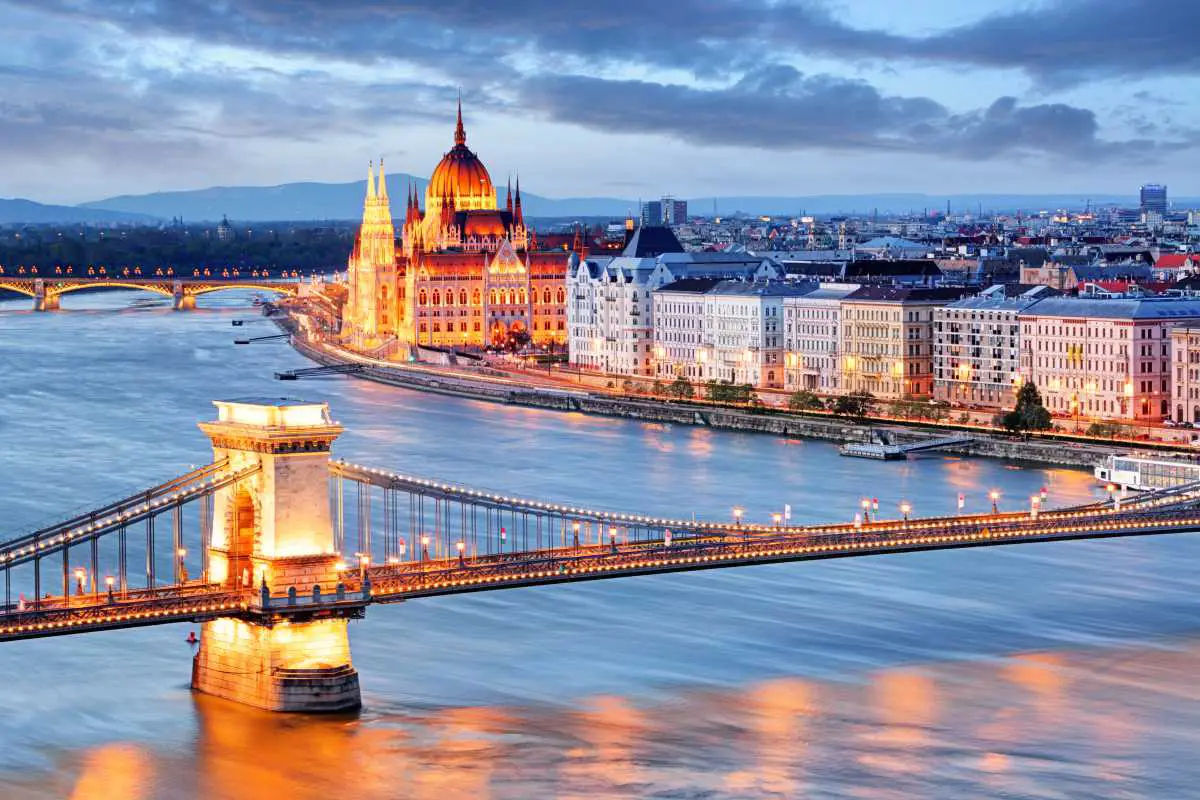To plan a trip that combines history, culture, and natural landscapes, getting to know the main tourist attractions in Hungary is the first step.
On what to do in Hungary, you will find incredible national parks, caves, castles, cathedrals, lakes, and the famous thermal baths. This habit is not only cultural but also historical, since it has been carried out since the Romans and Ottomans.
You will also find that Hungary’s most interesting sights go beyond its incredible capital Budapest and you will be able to explore fantastic attractions in every corner of the country.
In this article, I will give you 15 best things to do in Hungary, giving you a lot of advice and recommendations.
Things to Do in Hungary
1. The Chain Bridge, the most emblematic place to see in Budapest
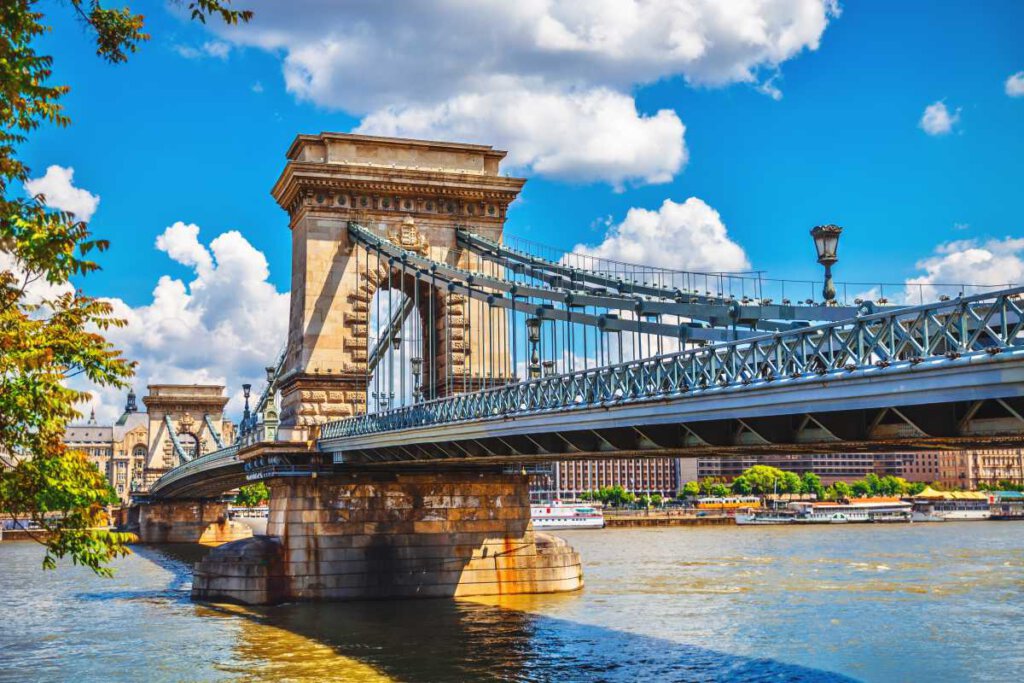
The Chain Bridge is the most emblematic place to see in Budapest and an icon of the Hungarian capital. If you think about the city, it is surely the first image that comes to mind.
As I was saying, the Chain Bridge is one of several that connect the ancient cities of Buda (mountainous) and Pest (flat) that existed before their union in 1871. The Chain Bridge crosses the Danube, the second largest river in Europe (behind the Volga). After being in Vienna and Bratislava, I can tell you that this is where it is most impressive. The boat trip on the Danube is something I recommend. I did it, and I loved it.
Next to it, the other two most famous bridges are the Margarita Bridge, which reaches Isla Margarita, and the Puente de la Libertad, in front of the Hotel and the Gellert Baths.
2. Buda Castle
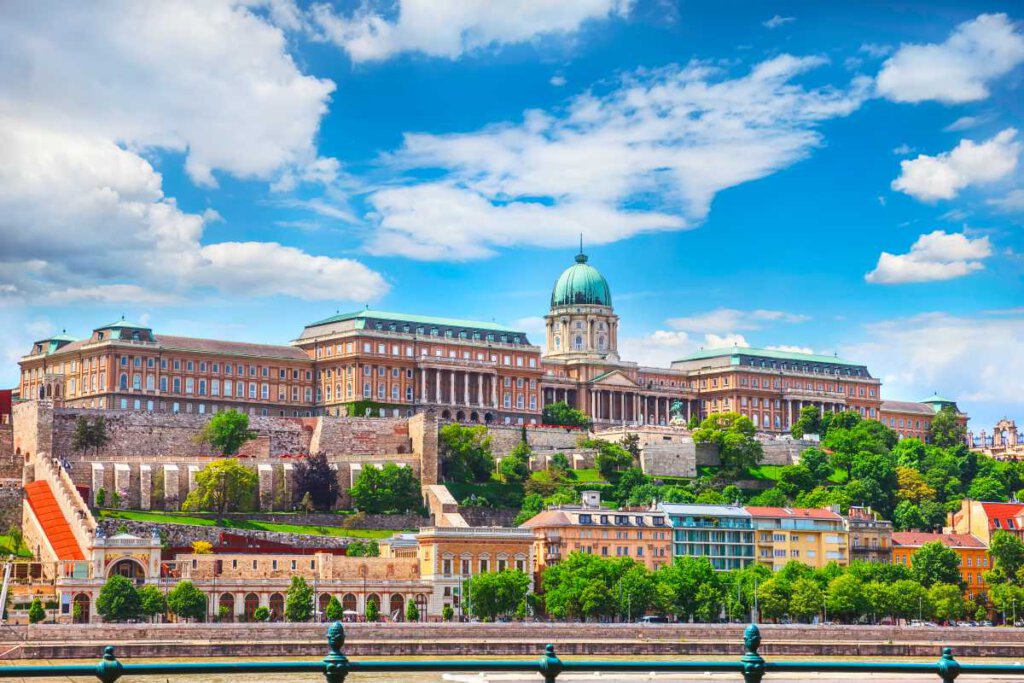
Another of the Hungary attractions is the Buda Castle, formerly the residence of the Hungarian monarchy, which was abolished at the beginning of the 20th century, and which today houses several museums.
To go up to the Castle, you can choose to do it by funicular (operating from 7:30 a.m. to 10:00 p.m.) or do it on foot. In my case, I opted for the latter because the distance is very small, but if you want to get good views of the city, opt for the first option.
It is known as the Royal Palace of Hungary because it housed the residence of the Hungarian royal family until the fall of the monarchy in 1914. Today, it houses most of the city’s museum offerings: the Szechenyi Library, the Hungarian National Gallery, and the Budapest History Museum.
3. The Parliament of Budapest

Located on the country’s capital, what is known as the Budapest Parliament is actually home to the Hungarian National Assembly and one of the country’s greatest icons. It is the third-largest parliament in the world and certainly one of the most beautiful as well. Therefore, I recommend you include it in your list of things to do in Hungary.
From the outside, the place impresses with its neo-Gothic style, richness in details, symmetry, and of course, size, which makes it the largest in all of Europe. It’s really one of those buildings you can spend hours admiring.
The interior of the parliament is not lacking, with its huge rooms and staircases, red marble columns, presence of fantastic works of art, as well as precious stones, gold, and also the Holy Crown of Hungary, displayed in the central hall of the parliament.
I thought it was very worthwhile and that’s why I recommend taking a guided tour of the Budapest Parliament to learn more about the history and details of this magnificent building.
4. Basilica of St. Stephen
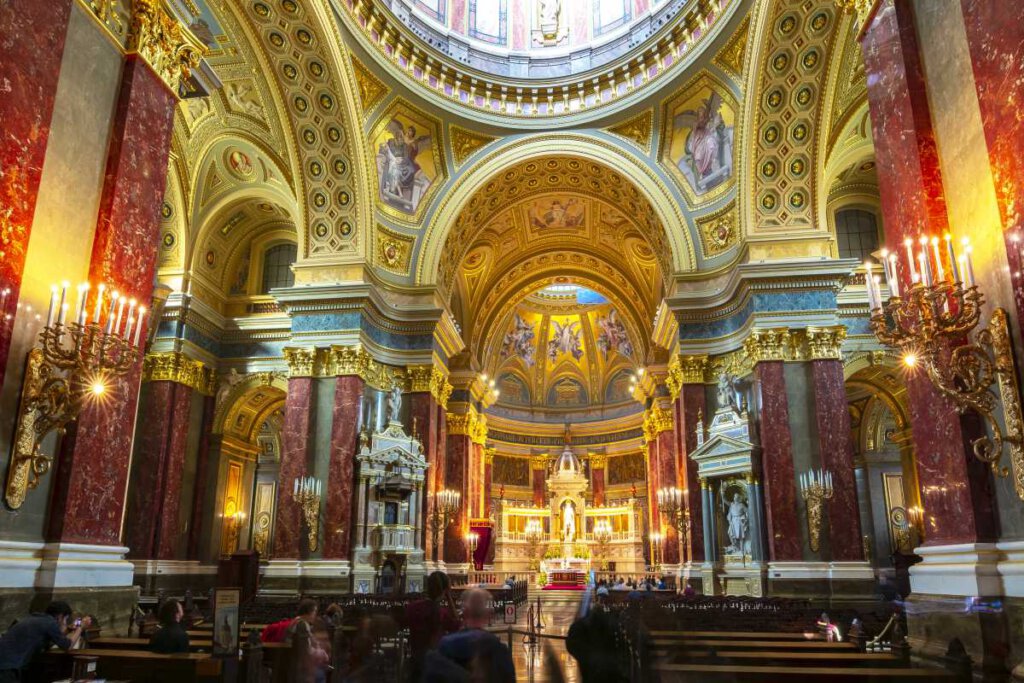
The Basilica of St. Stephen is nothing more than the largest church in Hungary and one of the ten most photographed buildings in the world.
Its construction is dedicated to the first Hungarian king of the country, St. Stephen. And one of the curiosities is that the Basilica still keeps the mummified hand of the king exposed in the treasure room.
Built-in neoclassical style and completed in 1905 after 54 years of construction, its huge and imposing dome is 96 meters high and is open to visitors for those looking for a panoramic view of the city.
The interior of the Basilica is equally fantastic, as you will find a collection of religious jewels and a life-size statue of St. Stephen. Another interesting thing is that the Basilica, located in the heart of Budapest, also hosts musical concerts, from choirs to classical and contemporary music.
5. Eger Castle
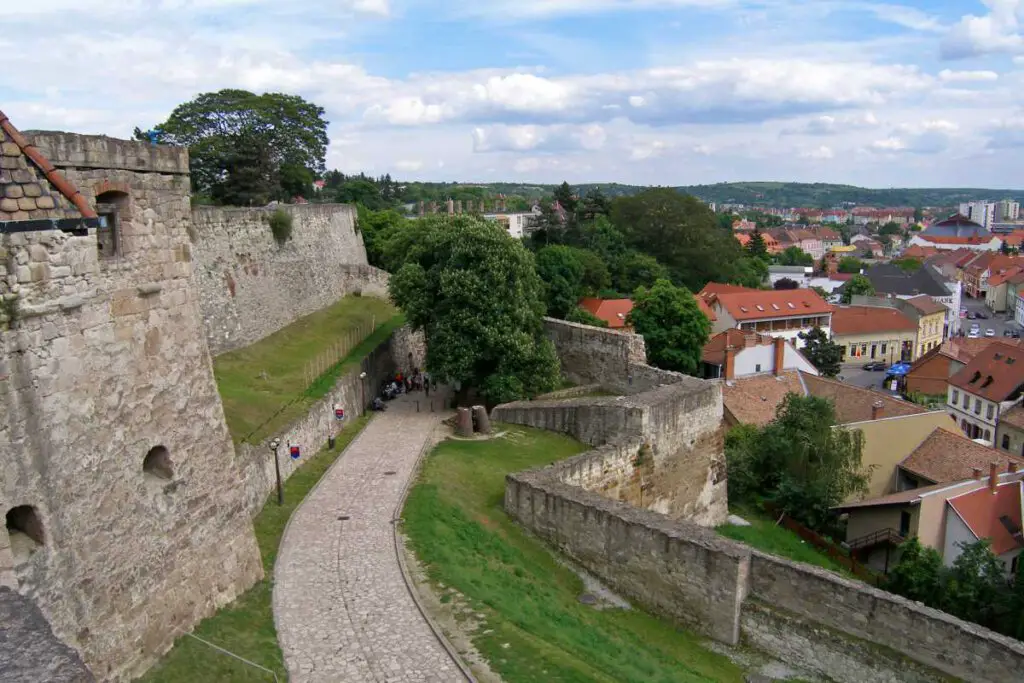
Among the more than 100 castles and ruins in Hungary, Eger Castle stands out for its historical importance in the strong defence against the Ottomans in 1552.
The Castle, built in the 13th century and one of the oldest in Hungary, is on top of a mountain and surrounded by the village. From it, you will have a fantastic and privileged view of the city of Eger.
At Eger Castle, you can visit the Istvan Dobo Castle Museum, which has an exhibition of art and historical and archaeological collections, and you can also visit the Gothic-style Church of St. Stephen.
Another reason that the Castle of Eger deserves attention is that the famous Hungarian wine Bull’s Blood is still made here. In addition to visiting the winery, you can also combine a visit to the Castle with the incredible Valley of the Beautiful Women to discover the charming cellars of Eger and taste the great wine produced here.
6. Spas of Szechenyi
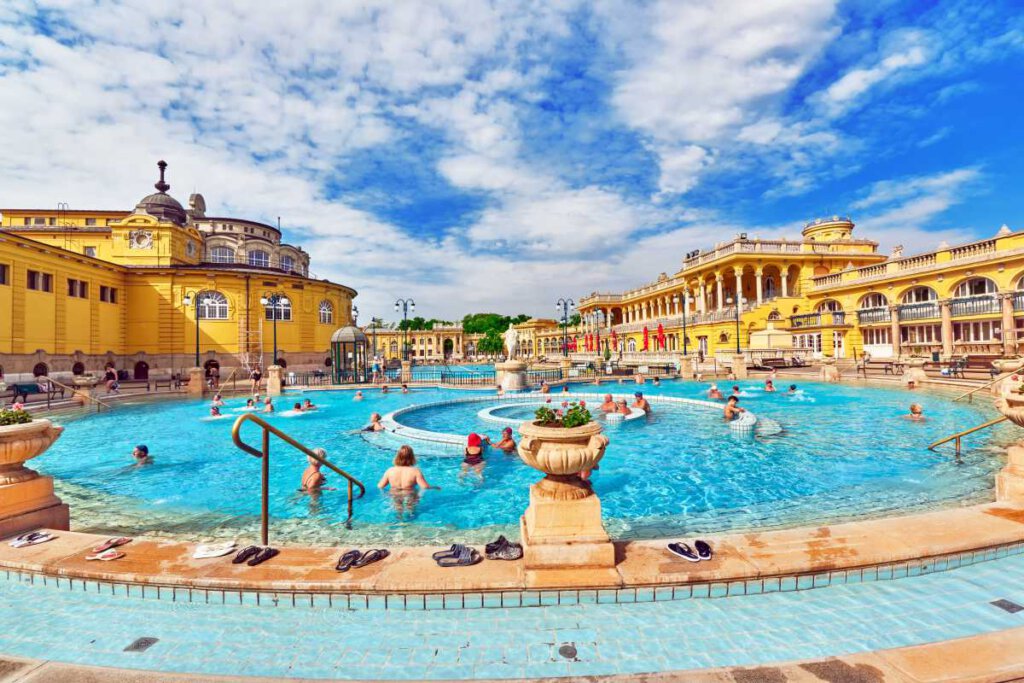
This is one of the Hungary attractions that best mixes history with cultural experience: visit the country’s famous thermal baths.
Among so many houses and palaces that you can visit the Hungarian baths, I chose the Szechenyi thermal baths because it is the biggest thermal bath complex in Europe. Furthermore, the construction of the complex is jaw-dropping, with its neo-baroque style and which has been in operation since 1913, being really very beautiful, impressive, and capable of making you feel in another era.
Relax in the thermal bath that is not only enjoyable but therapeutic, as the water contains several minerals beneficial to health, such as magnesium, calcium, hydrocarbons, and acid metals, available in the 18 indoor and outdoor pools that exist in the complex.
Oh, and I must say that you can still enjoy the parties and ballads in some of the spas. I preferred to enjoy the day at the complex, but the parties are attractions on their own and seem very interesting too.
7. Lillafured
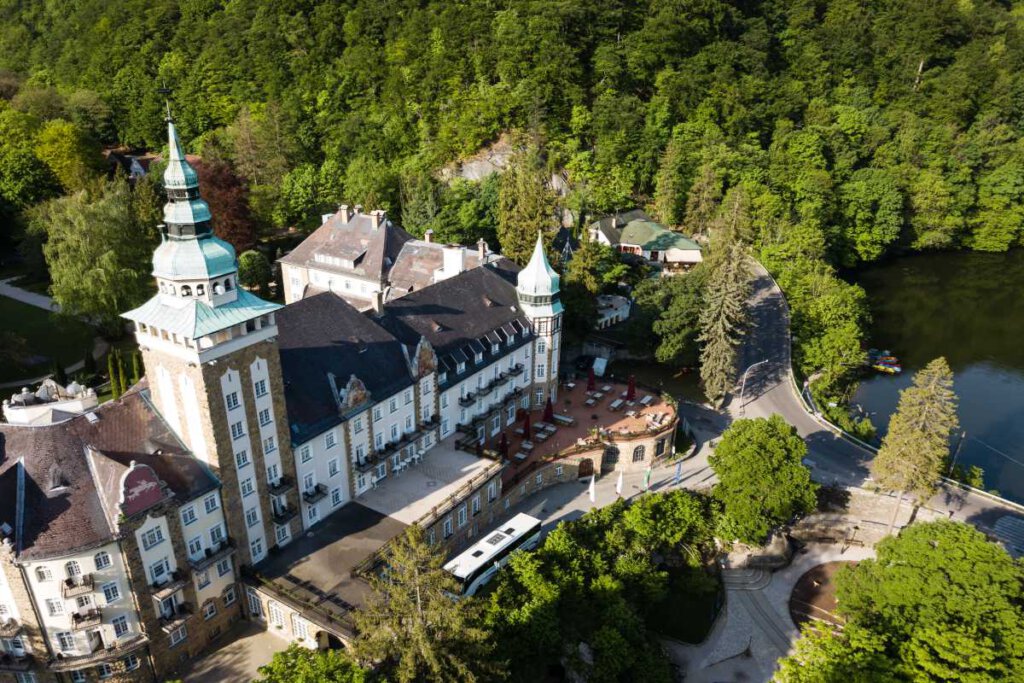
Lillafured Castle is another iconic attraction of the Hungarian landscape. It actually became the Hunguest Hotel Palota, which is now one of the best hotels in Hungary. Here, you will see a fairy-tale combination of the beautiful Renaissance-style Castle in the Bukk Mountains, with the forest and lake in the same landscape.
Historically, this has been a successful holiday destination among Hungarians since 1930. Today it offers a variety of activities in and around its resort. And among the most interesting activities, you can take the train ride through the forest, visit the Lillafured cave, go fishing, sailing, or skiing in winter, or simply enjoy the resort and the differentiated treatments offered at the resort’s spa.
8. Caves of Aggtelek National Park
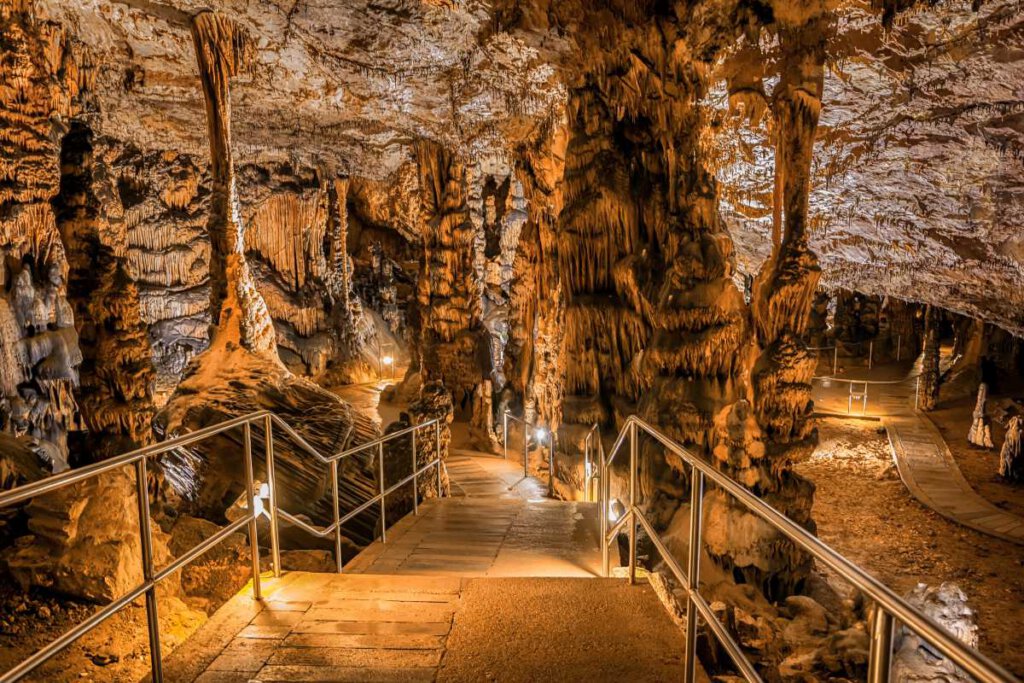
If you’re into ecotourism, you’ll need to discover limestone formations and the underground caves of Aggtelek National Park.
With a system of caves and grottoes, it is considered a UNESCO World Heritage Site. The Baradla Cave is located in the park, the largest cave in Europe, which is more than 25 km long.
Here you can take various walking and cycling tours, which are offered in the park, both in and around the caves, to discover an impressive underground variety, including an ice cave and the one known as the Peace Cave.
9. Lake Balaton
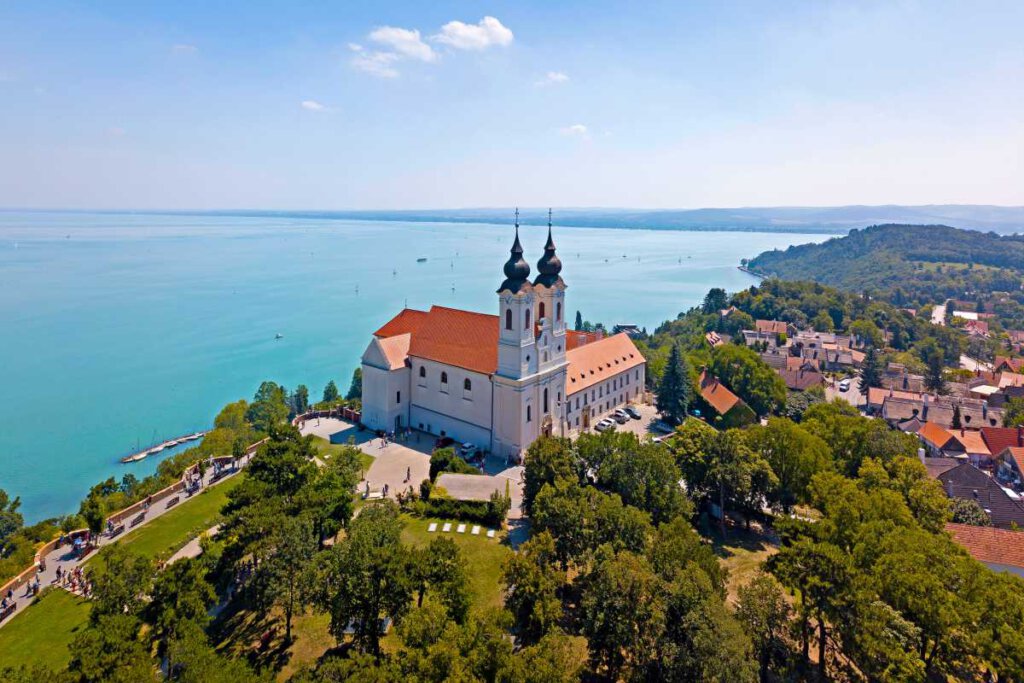
Due to its long extension, which makes it the largest freshwater lake in Europe, Lake Balaton is one of the main tourist attractions in Hungary. In addition, it is also known as the “Hungarian Sea.”
In summer, you can swim, fish and sail on the lake. While in winter, the most common activities are ice fishing and ice skating.
Spending a few days at Lake Balaton can be a perfect balance between Hungary’s historic cities, as here you can enjoy the natural beauty around this large 77 km long lake.
To enjoy the attractions of Lake Balaton, the main cities to explore are Siofok, Keszthely, Balatonfured, and the beautiful peninsula of Tihany.
10. Istvan Cave

Hungary’s Bukk Mountains are highly popular for their caves. The first that you should visit is the Istvan Cave. This cave has long existed since the Triassic period, and experts estimate that it’s about 710 meters.
The dripstones inside Istvan caves are simply amazing. Dripstones that impress tourists the most are Mammoth’s Mouth, Fairy Land, Column Hall, and Concert Hall. The dripstones have different sizes, some only a few meters wide while others are as large as a full-grown adult.
Istvan cave isn’t a simple tourist attraction. It once served as a shelter in the past for locals living nearby. In World War II, the Istvan Cave became a hardy shelter that protected Hungarians against air raids. With that being said, every corner of this cave has an underlying backstory. So, it’s best to have a local tour guide as a company.
11. The Memorial of Shoes on Danube Riverbank
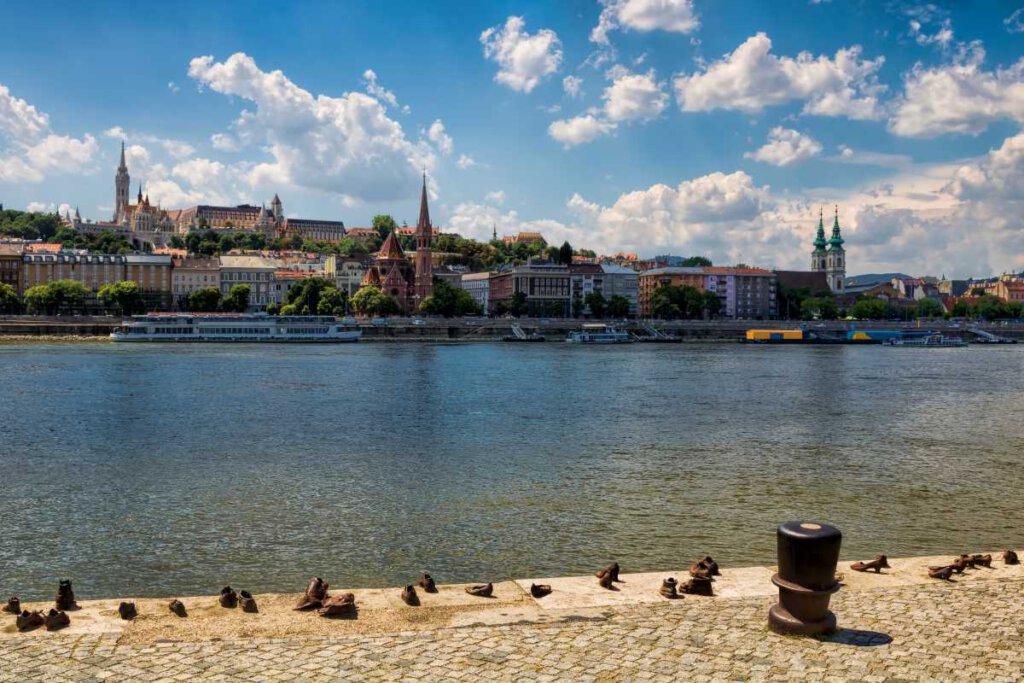
Take a walk on the east bank of the Danube River, starting from the point in front of Schezenyi Square, going to the Hungarian Parliament. You won’t miss the Memorial of Shoes in the Danube River Bank, a part of Danube lined with shoes that commemorates a dark past of Hungary.
Can Togay created this memorial that features a number of shoes on the bank of Danube on April 16, 2005. The story behind this memorial is very sad. The shoes that you see on it serves as a representation of the 10,000 or 15,000 thousand Jews that the Fascist Hungarian Militia killed while standing on the Danube’s bank where the memorial is located.
I saw most tourists make happy faces while taking selfies in this memorial. Nevertheless, for those who know the real story, a common courtesy before enjoying the memorial is to erect a candle or place a bouquet of flowers near the shoes and recite a silent prayer afterward.
12. Gellert Hill
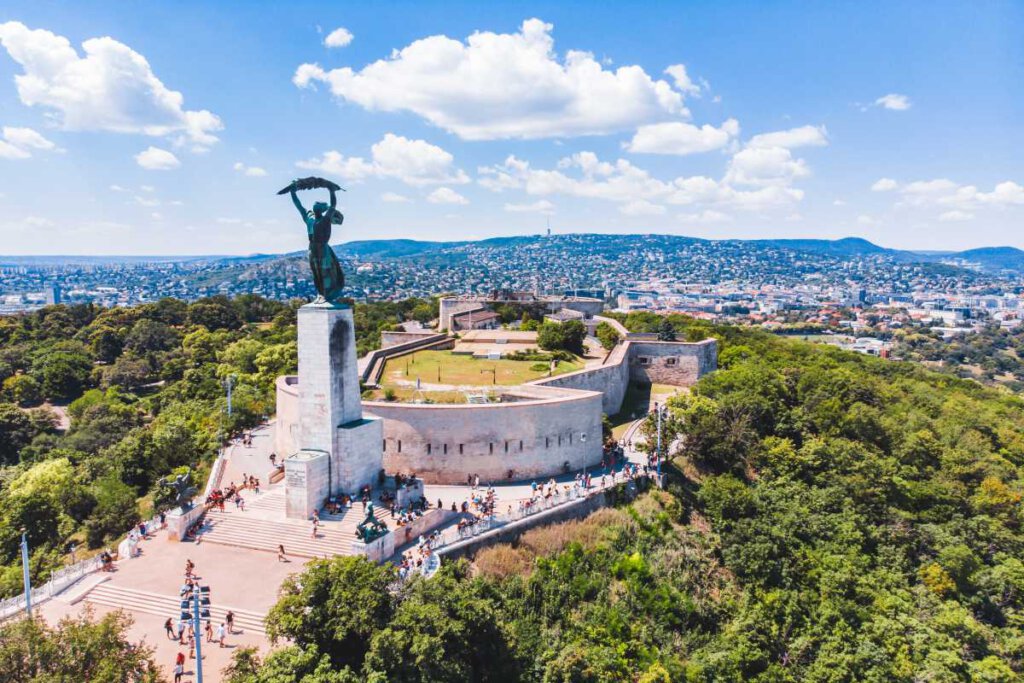
The next place on my list of Hungary attractions is Gellert Hill. The Gellert Hill is a 140-meter high rock formation that overlooks the Danube and Budapest. It’s famous due to the panoramic and scenic views that it offers to tourists. This location bears the name of a bishop who helped Hungary’s first king convert the populace into Christianity. On the face of Gellert, hills are numerous trails that offer an exclusive view of specific monuments in Budapest. Nevertheless, its proximity to the Danube makes it a treasure.
13. Szamos Chocolate Museum
Near to the Hungarian Parliament and the Memorial of Shoes on Danube Riverbank is the Szamos Chocolate Museum. If you’re a chocolate fanatic, the name Szamos isn’t new since it’s a well-known company known for its chocolates and marzipan.
Szamos has a lot of branches. However, the Chocolate Museum in Budapest is one of the best. It provides workshops and sweet treats to guests. Nevertheless, the exhibits are the reason why you should never think twice about visiting.
To show its age-old expertise in making marzipan, Szamos made a replica of the Hungarian Parliament Building. This is made out of 100% marzipan and measures 160 centimeters. The replica greatly features the exact salient features of the parliament building, such as the dome and the beautiful facade.
Aside from the miniature Hungarian Parliament Building, Szamos also have a vintage collection of chocolate-making tools, dishes, cups, and other porcelain. Szamos acquired these during its 90-year-old operation in the food industry. Prepare your notes because some of the pieces don’t exist anywhere else in the world.
14. Panoptikum
Let’s go back and take a look at the Panoptikum or simply the Labyrinth. Hungarians love tales of vampires, and there’s a good reason for this. The Panoptikum is the alleged place where Vlad the Impaler was held captive and tortured for 14 years.
Today, the Panoptikum is as spooky as it can get. You can hear each of your steps as you explore the labyrinth tunnels. It seems that the place swallows noises that come from the outside. The administrators deliberately left the place dark and made the signs obscure to confuse as you follow the tunnels.
15. The Central Market

And I close this article in style with a visit to the Central Market, one of the most curious places in Budapest.
The truth is that it seems that the Central Market has undergone a metamorphosis with the tourist boom in Budapest and has evolved from a more traditional place to a pure tourist showcase.
The lower part is full of food stores with many stalls to have a drink. The upper part is an authentic souvenir market where you can find everything at cheaper prices than in the rest of the city. Upstairs there are also some places to have a drink.

